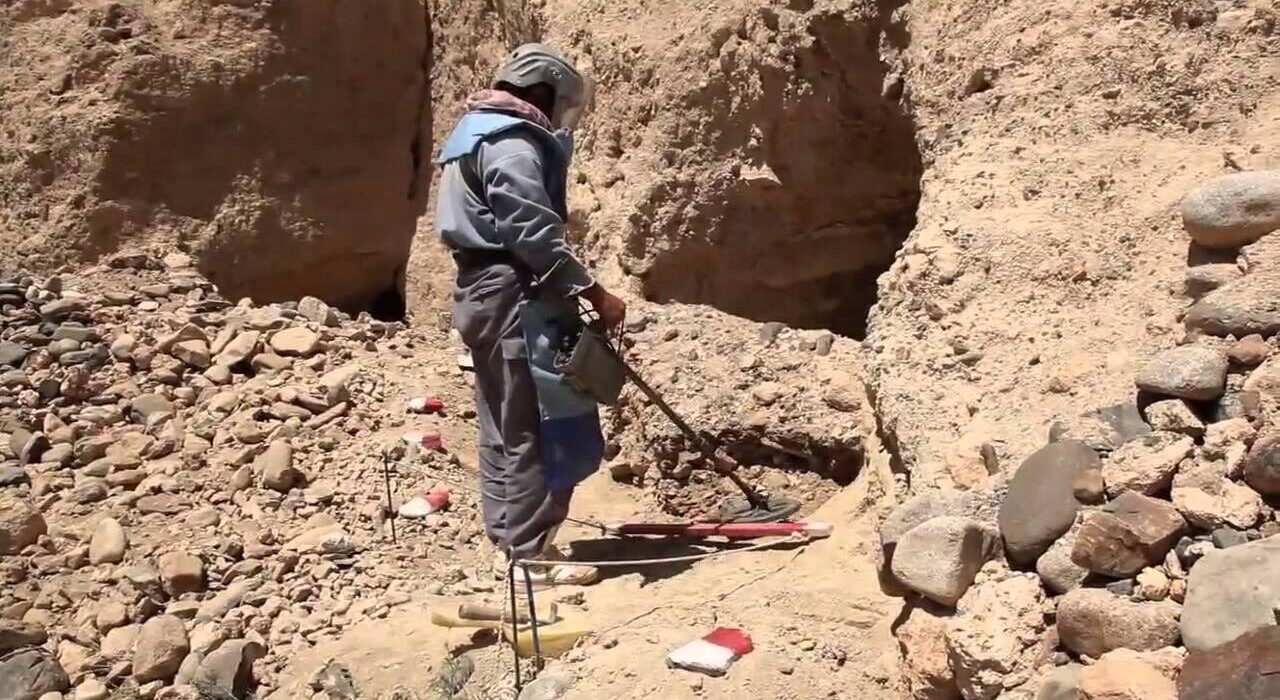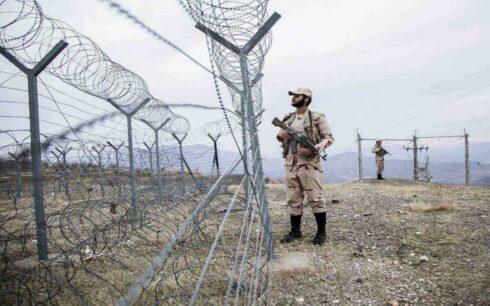KABUL, Afghanistan — The United Nations said on Friday that Afghanistan remains one of the most mine-contaminated countries in the world, with explosive remnants of war continuing to pose grave threats to civilians, especially children.
In a statement marking International Mine Awareness Day, the U.N. Assistance Mission in Afghanistan (UNAMA) said that decades of conflict have left behind a deadly legacy of unexploded ordnance, which has killed or injured tens of thousands of people across the country.
“Children are among the most affected,” the mission noted, calling for urgent international support to help clear the country of land mines and other explosive remnants of war. “Afghanistan is in critical need of global assistance,” the statement added.
The International Committee of the Red Cross (ICRC) echoed the warning, stating that communities across Afghanistan remain at risk from mines and other explosive hazards even years after the end of active fighting.
“After more than four decades of armed conflict, explosive threats scattered across the country continue to present a silent but deadly risk,” the ICRC said in its statement. “This is especially true for families returning to their homes after fleeing violence, and for children who unknowingly come into contact with these deadly objects.”
Afghanistan has long been one of the world’s most heavily mined countries, a consequence of successive wars beginning with the Soviet invasion in 1979, followed by civil conflict, Taliban rule, and the 20-year U.S.-led military presence. Despite ongoing clearance efforts by humanitarian organizations, vast areas remain unsafe.
U.N. officials and international aid groups have urged donor nations to increase funding and technical support for demining operations, warning that without renewed attention, the toll on Afghan civilians will continue to mount.





